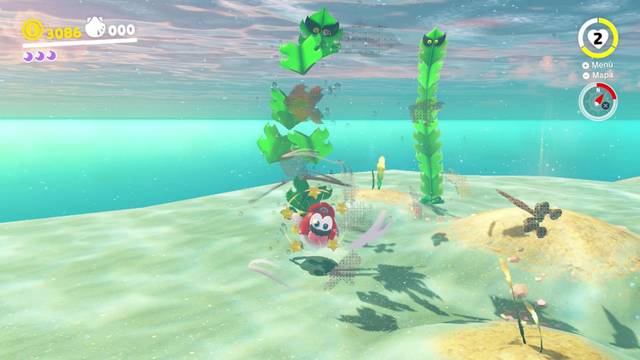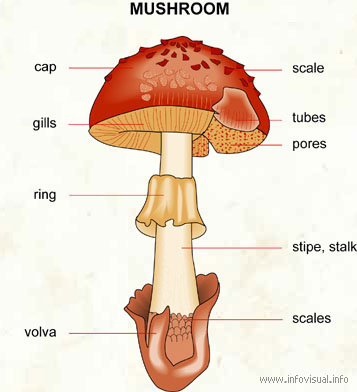FUNGI KINGDOM
INDEX
TYPES OF FUNGI
PARTS OF FUNGI
3 VITAL FUCTIONS
CLASIFICATION OF FUNGI
FUN FACTS
TYPES OF FUNGI
IRPEX LACTEUS
KINGDOM:fungi
DIVISION:basidiomycota
CLASS:agaricomycetes
ORDER:polyporales
FAMILY:steccherinaceae
DIVISION:basidiomycota
CLASS:agaricomycetes
ORDER:polyporales
FAMILY:steccherinaceae
FOMITOPSIS
KINGDOM:fungi
DIVISION:basidiomycota
CLASS:agaricomycetes
ORDER:polyporales
FAMILY:fomitopsidaceae
GANODERMA LUCILUM
KINGDOM:fungi
DIVISION:basidiomycota
CLASS:agaricomycetes
ORDER:polyporales
FAMILY:ganodermataceae
PARTS OF FUNGI
3VITAL FUCTIONS
INTERACTION:fungi are very important players in the ecosystems,so,they can interact whit a lot of living things,for example:the trees,the grass,the insects and the human
REPRODUCTION:there are a lot of epecies in the kingdom of fungi, most of wich, can reproduce sexually,asexually or both depending on the circumstances
NUTRITION:so,what do fungi eat?just about anithing.From dead plants to rotting frout.Shown here are fungi sprouting from dead material in the woods.
CLASIFICATION OF FUNGI
FUNGI
MYXOMYCETES
EMYCETES
BASIDIOMYCETES
DEUTEROMYCETES
ASCOMYCETES
CLASS:PHYCOMYCETES
MYCELIUM ASEPTATE AND MULTIMUCLEATE
FUN FACTS
FUNGI ARE A HUGE GROUP OF 50,000 SPECIES.
FUNGI ARE NOT PLANTS, BECAUSE THEY HAVE NO CHLOROPHYLL TO MAKE THEIR FOOD, SO SCIENTIST PUT THEM IN A GROUP OR KINGDOM OF THERE OWN.
BECAUSE FUNGI CANNOT MAKE THEIR OWN FOOD, THEY MUST LIVE OF OTHER PLANTS AND ANIMALS
SOME TIMES AS PARTNERS,
SOME TIMES AS PARASITES.
PARASITIC FUNGI FEED OF LIVING ORGANISMS; FUNGI THAT LIVE OF DEAD PLANTS AND ANIMALS ARE CALLED SAPROPHYTIC.
THE END






























